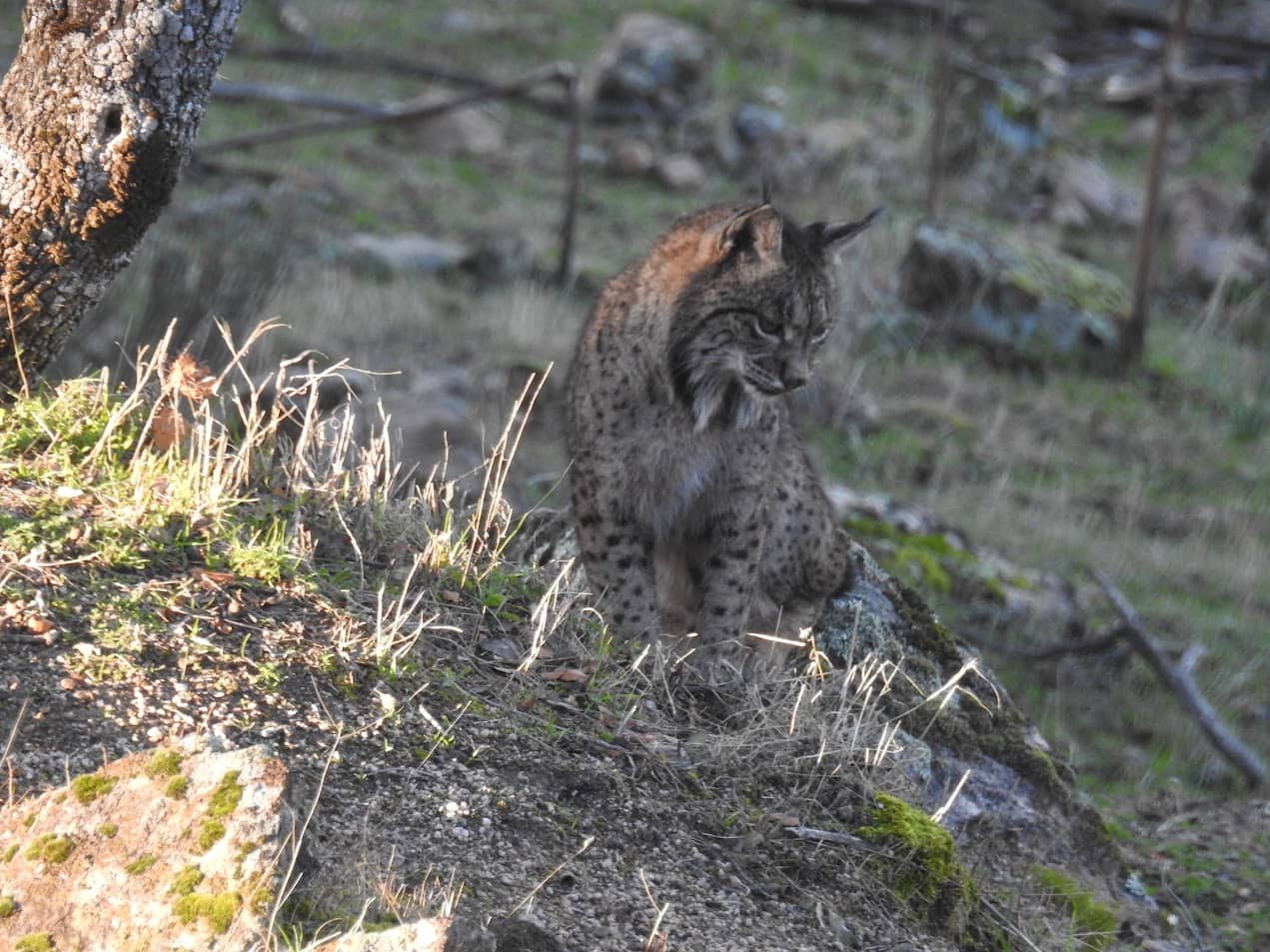Share this article
Consultation conflict over lynx conservation
On Nov. 2, the U.S. Court of Appeals for the Ninth Circuit affirmed a district court decision that halted two fuel reduction projects within Canada lynx (Lynx canadensis) critical habitat in national forests in Montana. The finding in the district court case, and subsequent Ninth Circuit appeal, both relied on a contentious legal precedent established last year.
Background
The Canada lynx was first listed on the Endangered Species Act in 2000, with a critical habitat designation finalized in 2006. At the time, this critical habitat designation did not include any national forest lands. Despite this, the U.S. Forest Service chose to implement its own management strategy, known as the “Lynx Amendments,” to conserve Canada lynx and its habitat in the Rocky Mountain region. In developing this management strategy, USFS consulted with U.S. Fish and Wildlife Service, as is required by the ESA.
In 2009, USFWS finalized a revision to the species’ critical habitat designation to include land within national forests – which would later complicate forest management within that habitat.
JULY 2015: Cottonwood Environmental Law Center v. USFS
When USFWS revised the lynx’s critical habitat designation to include national forest lands, USFS did not reinitiate consultation of the Lynx Amendments with USFWS. This prompted a lawsuit by Cottonwood Environmental Law Center against USFS, arguing that the agency was required to reinitiate consultation to ensure that the Lynx Amendments were still compliant with the ESA following the critical habitat revision. The district court found that USFS violated the ESA by failing to reinitiate consultation of their management strategies. This finding was affirmed by the U.S. Court of Appeals for the Ninth Circuit in July 2015 and would eventually serve as the precedent for the finding affirmed on Nov. 2 which halted USFS’ proposed fuel reduction projects in Montana.
NOV. 2016: Alliance for the Wild Rockies & Native Ecosystems Council v. USFS & USFWS
Alliance for the Wild Rockies and Native Ecosystems Council went to district court to try and halt USFS’ fuel reduction projects in Montana, arguing that USFS failed to properly assess the impact that these projects would have on Canada lynx. The court found that, since the projects were designed around the Lynx Amendments, and since the Lynx Amendments had not undergone consultation with USFWS since the lynx’s critical habitat designation had been revised, USFS could not proceed with the projects. This finding was upheld on Nov. 2 by the U.S. Circuit Court of Appeals for the Ninth Circuit – the same court that affirmed Cottonwood last year.
“[In Cottonwood], we held that reinitiation was required on the Lynx Amendments because [USFWS] later designated additional critical lynx habitat not contained in the Amendments’ coverage area,” said the Ninth Circuit appeals’ court in their Nov. 2 affirmation. “The same claim regarding the Lynx Amendments is raised here, and because the habitat assessments for the [fuel reduction] projects in this case rely on the pre-designation version of the Lynx Amendments, Cottonwood applies to both claims.”
Responses
Not all are in favor of the court’s decisions on this matter. Senator Steve Daines (MT-R) has been vocal in his disapproval of the precedent set by Cottonwood, recently writing a letter to his colleagues in Congress calling for a statutory reversal of the decision in order to lessen regulations imposed on USFS due to the ESA.
“Allowing the Ninth Circuit’s disastrous ruling to stand will greatly increase needless paperwork on [USFS] and further delay much-needed restorative management work,” said Daines in a statement. “This development makes it especially critical that Congress act to explicitly remove this crippling regulatory burden, and I will continue to fight toward that end.”
Law experts predicted that Cottonwood would be seen by the Supreme Court due to the potential the case’s precedent had for impacting the work of federal agencies managing for listed species. However, last month the Supreme Court declined the federal government’s appeal to have the case seen in the high court.
Header Image: ©Eric Kilby








